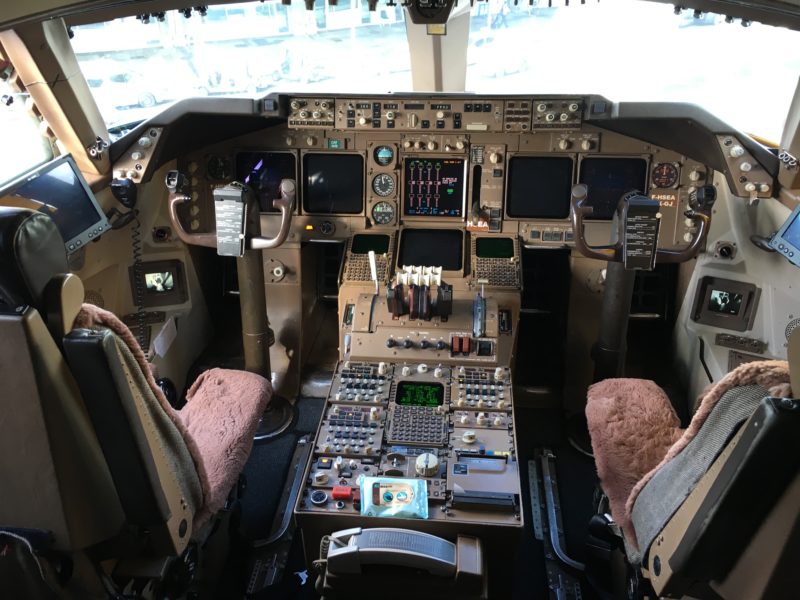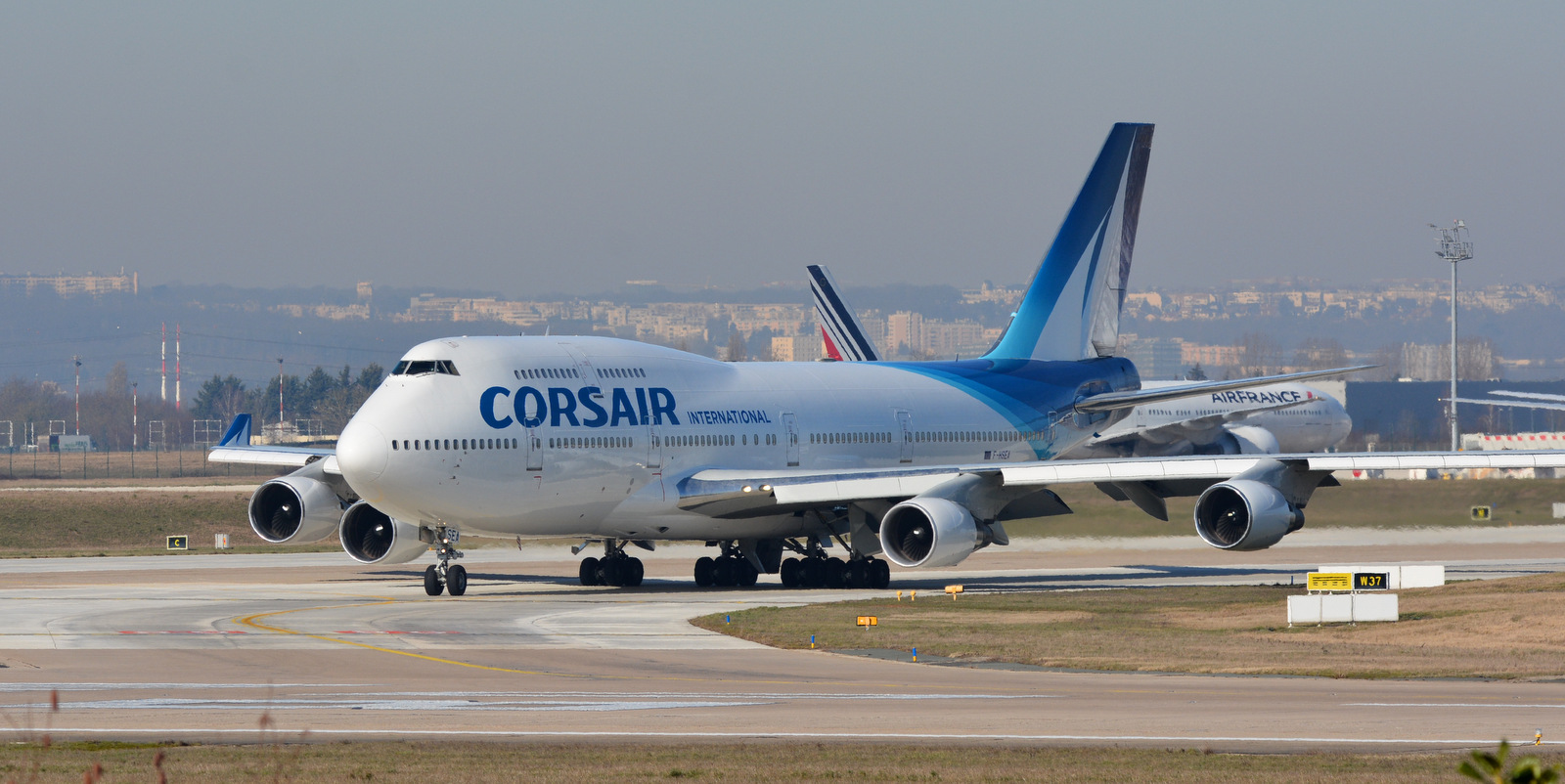Corsair was one of the less well-known airlines to fly the 747 up to the CV19 era. I was lucky to fly them twice in recent years from Paris Orly to Guadeloupe in the Caribbean. Here is my tribute to an interesting operator in which I tell their story and remember my flights. And boy did they love the jumbo — despite being small, they were one of only two airlines (along with Saudia) to fly the -100, -200B, -300, -400 and SP. Bienvenue à bord!
France, until the middle of the 20th century, ruled over an empire that included large areas of Africa (including Algeria, Tunisia, Côte d’Ivoire, Mali, Mauritania, Niger, Senegal and Chad), the Middle East (including Syria and Lebanon), the Americas (Québec, Louisiana, Haiti and parts of Brazil), and the Indian Ocean islands(such as Madagascar and the Seychelles). All of these today are independent nations. The fragments that have remained are not just dependent territories, like say members of the British Commonwealth, for whom Queen Elizabeth II is head of state but are sovereign states. However they are actually France. Their citizens are French citizens, European Union citizens, they vote in French elections and enjoy the exact same rights as a Parisian, despite being thousands of miles away. The territories are grouped under the appellation France d’outre-Mer, or Overseas France.
The most populated and well known are Guadeloupe, French Guiana (main city Cayenne), Martinique in the Caribbean and Réunion in the Indian Ocean. Consequently, there is a large air travel market between these island satellites and the mother ship of metropolitan France; consisting of both VFR (visiting friends and relatives) traffic and tourism, as the islands are blessed with beautiful beaches, warm weather and French culture. One of the many fascinating aspects of these flights is that, despite being up to ten hours long and covering thousands of miles of ocean, they are domestic flights; so France, and indeed all EU citizens, can board with just a driver’s licence or national ID card, they operate from Paris’s domestic airport, Orly, as opposed to the international hub, Charles De Gualle.

Air France have served these destinations since the dawn of long haul flight, with propliners, 707s, 747s and today a dedicated subfleet of high-density Boeing 777-300ERs with room for 468 passengers. The opening up of the French air travel sector to independent airlines has made room for competitors; initially AOM French Airlines (Air Outre-Mer), who operated up to 15 McDonnell Douglas DC-10s on their long haul routes, but with the airline’s bankruptcy in 2001, the market was wide open again.
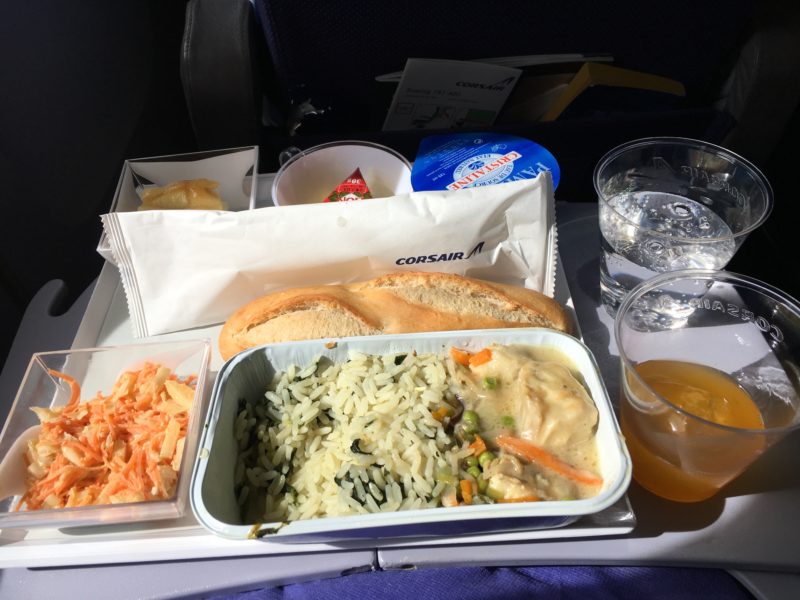
Corse Air was founded in 1981 by the prominent Rossi family, on the Mediterranean island of Corsica, and began flying to the mainland with a small fleet of second hand French-built Caravelle jets. In 1990 the airline was bought by French tour operator Nouvelles Frontières; they began expanding into a holiday and charter airline with worldwide traffic rights and a pair of ex-Pan Am 747-100s (one of which went on to star in the movie Executive Decision).
This flirtation with the 747 turned into a hot-blooded French love affair; with two more 747-100s joining from Air France, followed by a pair of ex-KLM 747-200Bs, one from Iberia and even an oddball ex-South African Airways 747SP whose range was useful to inaugurate nonstop flights to Réunion, a 5,802 mile / 9,338 kilometre trip from Orly.

Singapore Airlines are famous for selling their planes after only a few years of service, to keep their fleet young, so at the end of the 1990s Corsair jumped in and bought five -300s from Singapore; these planes, still in the prime of their lives, replaced the mix-and-match -100, -200B and SP fleet with added seats and the stretched upper deck adding capacity to the -300 Big Top. This was fortuitous timing, as Nouvelles Frontières was purchased in 2000 by German tourism giant TUI; expanding to new leisure destinations such as Bangkok, Cancún, Montréal, Havana, Los Angeles, San Francisco and even as far as Nouméa (New Caledonia) and Papeete (Polynesia) via California, deep in the South Pacific.
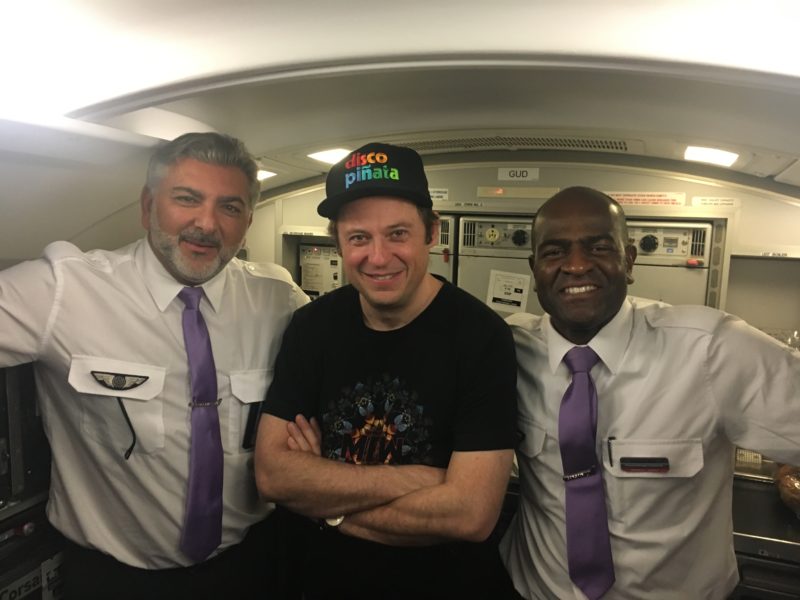
Another bargain loomed in 2005 with United replacing part of their 747-400 fleet with 777-200ER twinjets and Corsair made their move; selling their -300s to Air Atlanta Icelandic and joining the digital revolution with United’s mainliners, which could effortlessly reach the furthest points in the French solar system.
The ex-United 747-400s had seating for 587 passengers, the highest seat count on any 747, this was even higher than the 747-400Ds used on Japanese domestic flights. The addition of two pilots, 22 cabin crew and off duty employees hitching a ride in empty jump seats pushed the total past 600; but because these birds were mostly flying families on holiday, it was normal to carry as many as 30 babies in mums’ laps, for a total of 640 souls on board. Mon dieu!

Later in their Corsair careers, the upper deck was converted to a two class premium cabin; with three rows of flat beds for a tiny Business Class section, four rows of generous recliners for a tiny Premium Economy section and a slight reshuffle on the main deck. This brought the total number of seats down to 533, but with a full load including babies (the collective noun for which, by the way, is an infantry) that’s still nearly 590 souls on-board.
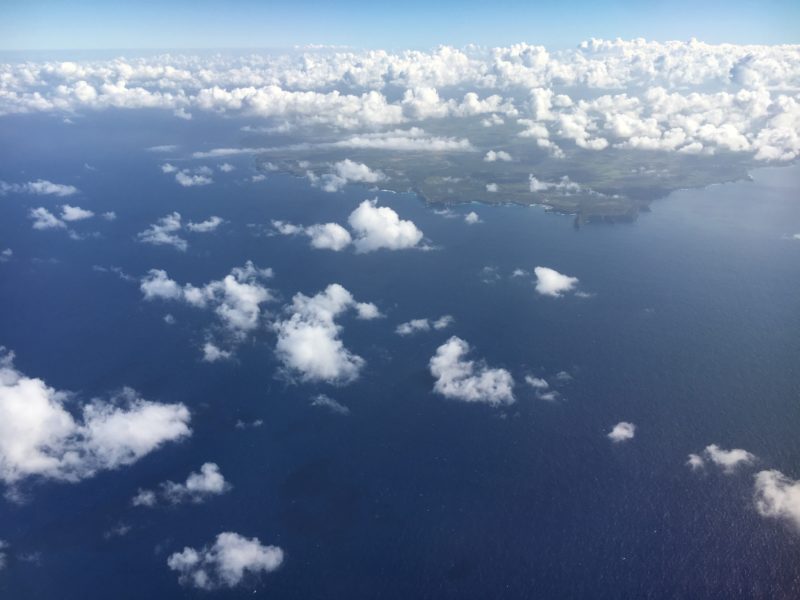
The Corsair jumbos were famous for their registrations, including F-GSUN, ’SEA and ’SEX. Their final livery, with large titles and a blue rear fuselage and tail emblazoned with the white sails of a yacht, was a great representation of their breezy and friendly culture and the destinations they flew to – ocean light, sun on saltwater and palm-fringed beach club. In the years when 747s began to disappear from the fleets of the world airlines, a cluster of these ships at the gate at Orly’s historic 1961-built Terminal Sud were a notable hold-out; boarding happy families heading to the beach or a (pardon the pun) reunion.
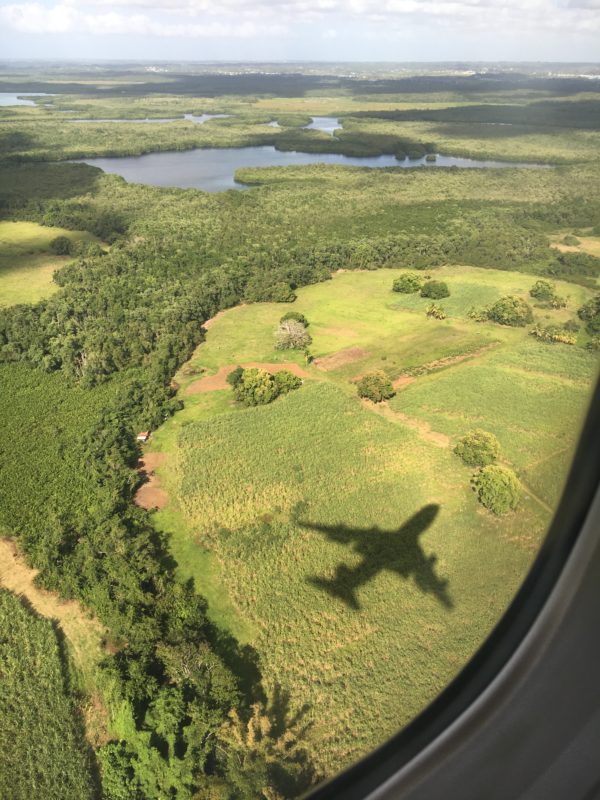
Corsair announced that they would not reinstate the 747 fleet after the Covid 19 grounding, on June 15th 2020 the last of the fleet, F-GTUI, landed at Kemble-Cotswold near Bristol in southwest England for scrapping. These birds were planned for retirement in 2021 anyway, with over 100,000 hours in their logbooks, to be replaced by A330s; but after such sterling service for United and Corsair, they deserved a more dignified farewell. Alas, such a grand au revoir was not to be; but they will live on in the hearts of the French people, both in Metropolitan France and her far-flung islands.
